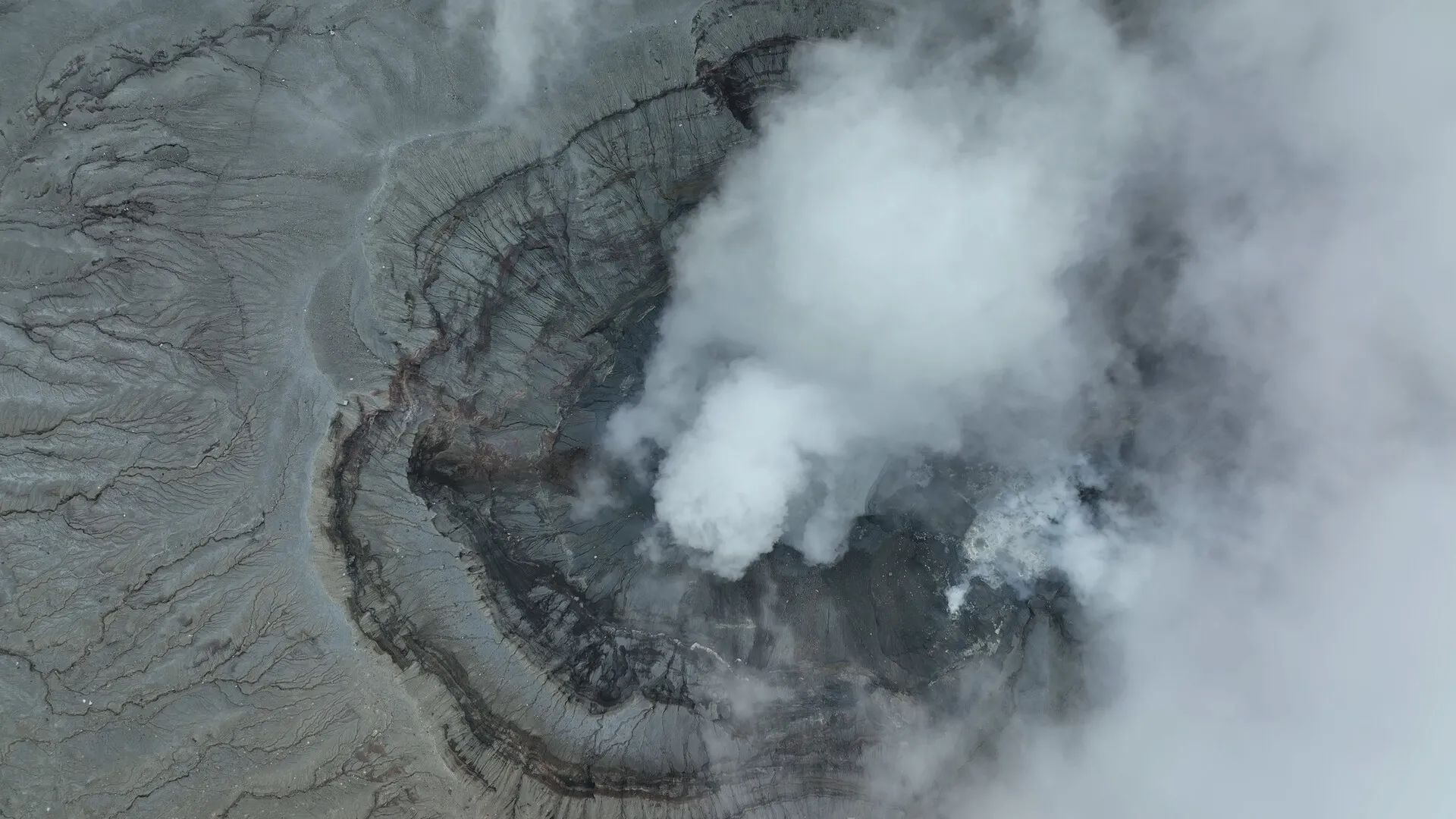Shaping Atmospheres Exhibition and Symposium
Symposium
Once regarded as a universal æther impregnated with myth and imbued with astrological significance, the sky now bears the burden of heat-trapping gasses and erratic weather. These atmospheric alterations pose a formidable threat to the planet’s ecosystem, endangering the very breath of life for a vast amount of living beings. In these critical times, recent attention has turned to new geotechnologies, including solar geoengineering that artificially reconditions the stratosphere by mitigating solar radiation. However, our climate issues are not simply meteorological problems with technical solutions but are entwined with socio-political and economic challenges requiring us to fundamentally see the world reimagined. As always, developing new technologies is not a solution in itself; ethical governance and social awareness is just as essential. In the endeavor to rectify our original Promethean transgression, it becomes essential to consider both the indispensable possibilities as well as the risks of returning fire back to the sun. The symposium brings together technical, social-political, and philosophical perspectives to speculate on the significance and implications of shaping atmospheres. A parallel exhibition under the same title runs from Oct 2nd – Dec 21st presenting artistic perspectives on solar politics and shifting planetary ecologies.
Keynotes– Nov 7, 6:30-8pm
Holly Jean Buck & David Keith
Speakers – Nov 8 10am-7pm
Kim Stanley Robinson
Oxana Timofeeva
Paul N. Edwards
Dehlia Hannah
Jerry C. Zee
Carson Chan
Teresa Kramarz
Patricia Reed
Organized by Ala Roushan and Charles Stankievech
Presented as collaboration between OCAD University and the University of Toronto with support from Social Sciences and Humanities Research Council (SSHRC).
Exhibition
Our sky is constantly in flux: from dawn to dusk, ancient to future. Shaping Atmospheres traces the arc of humanity’s enduring relationship to the Sun and our planet’s nebulous environment.
As our relationship to the Sun is physical and cyclical, so is the exhibition, revolving around an immersive looping film program. In medias res, the exhibition opens with the soundscape of a solar eclipse, enwrapping the listener in a moment of darkness before the first light of the Sun breaks the cosmic stillness. Harkening back to when these occurrences were powerful celestial events, the proceeding video returns to ancient Iranian Mithraic practices when sun worship was perhaps forged as a response to an ecological disaster over 4000 years ago. Such history can be seen as the beginning of a long lineage of ideology that attempts to harness the productive powers of the Sun as well as mitigate its destructive potential: from the birth of monotheistic religions, through mystical teachings and socialist revolutions. Today, spiritual traditions are sublimated into technological forces driving a solar economy. Instead of evil spirits descending from the sky, we are now concerned with solar storms and heat waves. Our reality inverts: we fear the life-supporting sun, the Amazon emits more carbon than it stores. After millennia of terraforming across continents, the divide between natural and artificial evaporates. Terraforming shifts into aeroforming. The 20th century, shaped by total war (gas warfare) and system’s theory (weather modelling), has in turn propelled the 21st century’s drive towards geoengineering the atmosphere. What are the dangers and potentials of such extreme interventions? Have we faced such challenges before? The cycle closes with a meditative video of a volcano, the mythical Mount Ararat, shrouded in passing clouds. Fade to black. We enter the stillness once again of a solar eclipse.
A trinity of objects frames the film cycle with a historical progression of empirical methods measuring the forces enacting upon our atmosphere: a handblown glass pyranometer (c.1800), a high-altitude meteorological balloon (c.1900) and a live satellite feed of the burning star at the centre of our solar system (20th C.).
A parallel symposium hosted on Nov.7 & 8 brings together technical, social-political, and philosophical perspectives to speculate on the future of our planetary environment, specifically addressing the implications of our solar economy and proposals for solar geoengineering. Co-presented by OCAD University & University of Toronto.
Artists:
Saodat Ismailova
Ursula Schulz-Dornburg
Pallavi Paul
Forensic Architecture
Richard Mosse
Noémie Goudal
Bill Fontana
Charles Stankievech
Ala Roushan
Jean-Pierre Aubé
Priyageetha Dia
Common Accounts
E.A.T. Experiments in Art & Technology
Haseeb Ahmed
Ivy Lee
Curated by Ala Roushan and Charles Stankievech.
This exhibition draws on research supported by the Social Sciences and Humanities Research Council (SSHRC).
Please be advised that OCAD U hosted events may be documented through photographs and video. These images may be used by the University for promotional, advertising, and educational purposes. By participating in our events, both on campus and off-site, you consent to allowing OCAD University to document and use your image and likeness. However, if you do not want us to use a photo or video of you or your child, please don’t hesitate to let us know when you arrive at the event. You’re also welcome to get in touch with OCAD University’s Marketing & Communications office: communications@ocadu.ca.
Be mindful of those in our community who have scent sensitivities; please help OCAD U maintain a healthy, scent-free campus.

